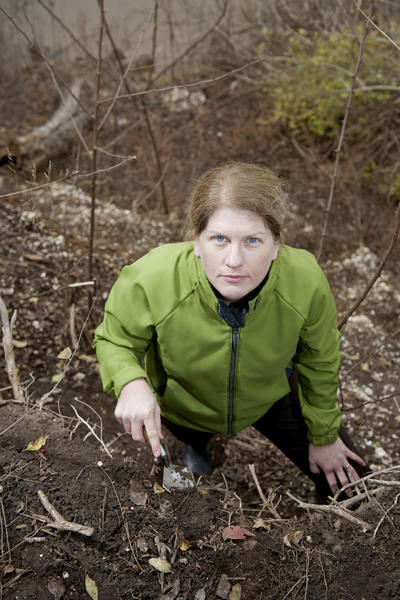
This project is an archaeological study of 17th century Apalachee and Spanish communities in La Florida through the archaeologically-recovered material culture and archaeological features , with a focus on foodways evidence - residues of meals and associated culinary equipment from secure contexts, locally made and imported technologies, and cooking features. The data generated from the analyses of foodways data categories will be integrated with the information from architectural styles, community layout, and paleodemographic data to document changing social and political relationships. Ultimately, this will allow us to understand how the indigenous residents of San Luis de Talimali and other Apalachee-Spanish Mission sites actively constructed, maintained, and expressed the social identity of native Catholic Indian. I have consulted with members of the Tribal Council, Chief, and Second Chief of the Talimali Band of the Apalachee - descendants of those families that lived at San Luis. They are very interested in finding out more about this part of their tribe’s history.
This work is driven by the hypotheses that high-status Apalachees living at San Luis adopted elements of Spanish-Catholic cuisine but kept native foods; Apalachees living at other mission sites kept the most traditional diet, and that Spaniards living at any mission site adopted native foods when necessary, but worked diligently to maintain the cuisine standards of their homeland. Food waste and culinary items recovered from my excavations at San Luis will allow us to study changes in foodways during the entire occupation of the site. This work is important and novel because I am studying Apalachee and Spanish foodways at the individual house level, instead of at the larger aggregated site-level scale. Evidence from other sites will add to our broader understanding of regional foodways during the mission period. Foodways data categories to be analyzed and integrated include: faunal, floral (macro and micro), ceramics, visible and absorbed residues, contextual, architectural, and radiometric.

